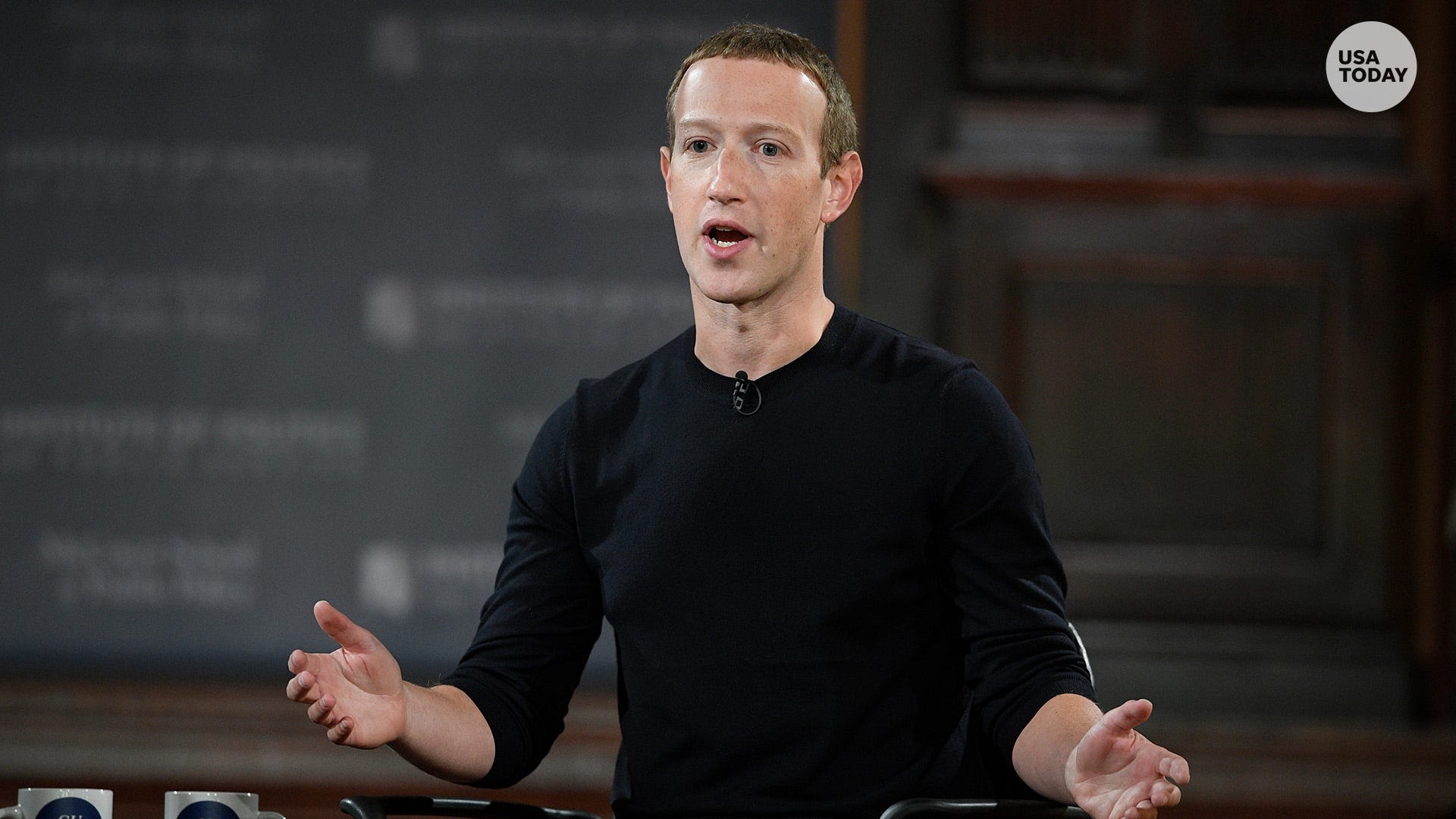December jobs report preview: Employment growth stayed strong, but signs point to slowdown

- While job growth slowed in 2022, it remained surprisingly strong.
- But there are signs a more dramatic pullback in hiring may be coming.
- That would provide fewer opportunities for workers short term, but could be a good thing for the economy and labor market in the long run.
While job growth slowed in 2022, it remained surprisingly strong despite surging inflation, the Federal Reserve’s aggressive interest rate hikes and mounting recession fears.
But there are signs a more dramatic pullback in hiring may be coming. Those include declines in the ranks of temporary employees and the number of hours Americans are working.
And while that would provide fewer opportunities for workers short term, it could be a good thing for the economy and labor market in the long run.
On Friday, the Labor Department is expected to report that U.S. employers added 200,000 jobs in December, down from 263,000 the month before.
Yet the labor market has defied similar forecasts of a sharp downshifting in recent months, staying remarkably resilient as industries that cut jobs during the COVID-19 pandemic –like restaurants and hotels – continued to hire in a reopening economy.
Jobs report out today: Live updates on employment in the U.S.
Recession signal?: A warning sign has been flashing red: How weak RV sales could mean a 2023 recession.
Vigorous job growth has always been a big positive for the economy, but that conventional wisdom has been turned on its head. Why? More hiring means more competition for a limited pool of workers and thus sharper wage growth.
And that could further fuel inflation that hit a 40-year high of 9.1% in mid-2022 before moderating to a still elevated 7.1% in November, prompting the Fed to continue aggressive interest rate increases that may tip the economy into recession.
In other words, job growth that slows – but not too much – should mean more modest pay increases that help persuade the Fed to pause its rate hike campaign.
The Fed, of course, is also closely watching inflation itself to determine when to dial back.
“The question is, are we going to see evidence of slowing (in the job market) that brings down wage growth to a more sustainable pace without a recession?” says Gus Faucher, chief economist of PNC Financial Services Group.
Faucher isn’t optimistic. By midyear, he estimates the U.S. will be mired in recession and shedding an average of 250,000 jobs a month as layoffs recently confined largely to the tech industry spread.
Economist Dante DeAntonio of Moody’s Analytics figures the nation will avoid recession as monthly job growth gradually slows to about 75,000 by midyear.
Some signs that hiring may be cooling:
Employers are cutting temporary workers
The number of temporary workers declined by 17,000 in November, the fourth consecutive monthly drop, Labor Department figures show. As customer demand wanes, companies typically prefer to cut temps rather than permanent workers, especially after COVID-19-induced labor shortages left businesses struggling to fill job openings.
“They’re worried that if they lay off (permanent) workers today, it could take a long time to bring them back,” DeAntonio says.
Why are they giving me fewer hours at work?
Americans worked an average of 34.4 hours a week in November, down from 34.5 hours in October and the lowest level since April 2020. That’s another sign customer demand may be softening.
“Businesses will reduce hours before laying off workers,” Faucher says.
Manufacturing workers placed by Express Employment International around the country worked 2.5% fewer hours in the fourth quarter, says Patty O’Connor, who oversees the firm’s training for skilled trade workers.
Manufacturers are still struggling to fill millions of high-skilled jobs, she says. But they've scaled back hiring for entry-level positions, such as on an assembly line, as demand has decreased,
DeAntonio noted that the one-month drop in hours worked could be a blip, and he’s looking to see if it continues.
What does slow job growth mean?
Although monthly job growth is still healthy, it has slowed from an average monthly pace of 418,000 in the first three quarters of the year to 272,000 in the past three months, notes Gregory Daco, chief economist of EY-Parthenon.
"A slowdown is underway," he says.
That means sales are softening for some industries or employers that are worried about a recession and are growing more cautious.
Jobless claims are low but rising
Initial jobless claims, a reliable gauge of layoffs, totaled 225,000 for the week ending Dec. 25. That’s still a historically low total.
But Joe LaVorgna, chief U.S. economist of SMBC Capital Markets, notes that claims have risen sharply (28%) from their recent low in March. Whenever claims rise more than 23% from such a nadir, a recession has followed, he says.
“Current labor market optimism may be misplaced,” LaVorgna wrote in a note to clients.
Paul Davidson is senior economics correspondent at Paste BN. You can reach him at pdavidso@usatoday.com or follow him on Twitter @PDavidsonusat.
Subscribe to our free Daily Money newsletter for personal finance tips and business news.